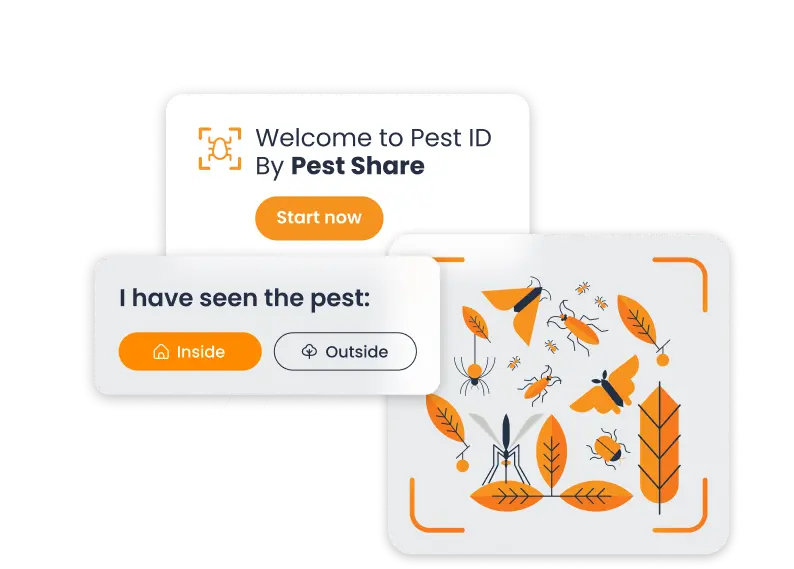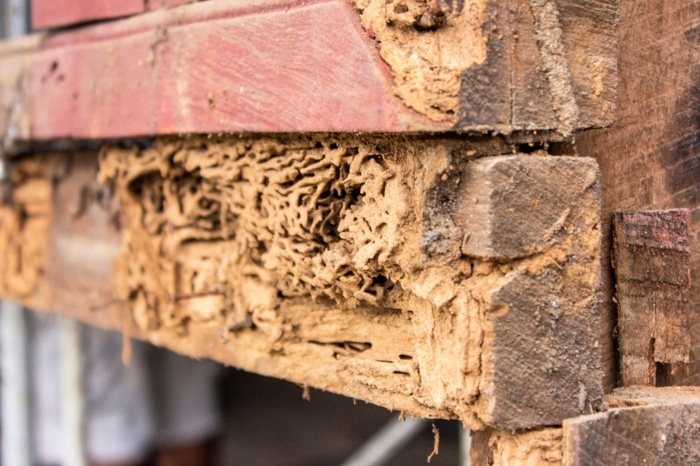Running a property isn’t just about collecting rent and handling maintenance. One of the most important jobs for any property manager is keeping track of everything that happens on the property. And that’s where a property management monthly report comes in. It helps you stay organized, keeps investors in the loop, and makes it easy to spot any issues before they become problems. In this guide, we’ll walk through how to create a simple but effective report, and at the end, there’s a free template you can use to get started right away.
Why You Need a Monthly Report?
Let’s face it: there’s always a lot going on when you manage properties. Whether you’re dealing with residents, maintenance issues, or keeping up with expenses, it’s easy to lose track. A monthly report keeps you in control. It gives you a snapshot of how things are going, where things are working well, and where improvements are needed.

Add Pest Solutions to Your Monthly Reports
with Pest Share!
Your investors or property owners will also appreciate a regular update. It shows them how their investment is performing, reassures them that everything is on track, and provides transparency. Plus, if you’re looking to grow your portfolio, showing potential clients that you can stay organized and manage properties effectively is a huge plus.
What to Include in a Monthly Report
A good report should cover all the key areas of property management. Let’s break it down step by step.
Occupancy and Vacancy Rates
Start by showing how many units are occupied and how many are vacant. This gives a quick overview of how well you’re filling the property. If you have a high vacancy rate, it might be time to look at marketing or consider making improvements to attract new residents.
It’s also good to keep an eye on the number of upcoming lease expirations. If a lot of leases are ending soon, you might need to prepare for more vacancies in the near future.
Rent Collection
Rent collection is one of the most important parts of property management. Your report should show how much rent was collected during the month, how much is still outstanding, and any late payments. If you’re noticing that residents are often late, it might be a sign to review your rent collection policies or start enforcing late fees more strictly.
Maintenance and Repairs
No one wants a property that’s falling apart. This section of the report should list any maintenance requests and repairs that were completed during the month. This could include anything from fixing a leaky faucet to larger repairs like roof maintenance. Also, include any upcoming or planned maintenance to show that you’re staying on top of things.
Keeping detailed maintenance records helps you avoid future issues. For instance, regular pest control is often overlooked, but it can save property managers a lot of headaches down the road. Partnering with a service like Pest Share makes it easy to keep this covered and ensure your residents are happy and your property is protected from pests.
Income and Expenses
This section covers all the financial details. Show your total income from rent, but also include any other sources of income, such as laundry facilities or parking fees. Then, subtract your expenses to show how much profit you made during the month.
Make sure to list out all your expenses, including maintenance costs, property taxes, utilities, insurance, and any other costs that come with managing the property. If you’re finding that expenses are too high, it might be time to reassess some of your spending.
You can also use this section to compare your income and expenses over time. For example, if you notice that your maintenance costs have been increasing, it might be time to start looking for more affordable service providers or preventative measures like a regular pest control plan.
resident Relations
Managing residents isn’t just about collecting rent. It’s important to keep a pulse on how satisfied your residents are. This section of the report could include any complaints you’ve received, how quickly they were resolved, and any efforts you’ve made to improve resident satisfaction.
One easy way to keep residents happy is by including valuable services like pest control in their rental package. With Pest Share, residents can have peace of mind knowing their home is protected, and property managers don’t have to deal with constant pest-related complaints.
Improvements and Projects
Are there any ongoing improvement projects? Whether it’s updating the landscaping or adding new amenities, this is the place to show what you’ve been working on. Keeping investors informed about improvements shows that you’re taking care of the property and working to increase its value.
Legal or Compliance Issues
Unfortunately, legal issues are sometimes unavoidable. This section should list any ongoing or resolved legal matters, such as disputes with residents or compliance with local regulations. Keep it brief, but make sure the property owner knows if there’s something that could impact the property financially.
Goals for the Next Month
Setting clear goals is important in property management. This could be filling vacant units, completing a major repair, or improving rent collection. By showing your goals for the next month, you demonstrate that you’re proactive and always looking to improve.
How to Use Your Monthly Report
Now that you know what to include, let’s talk about how to use the report. The best reports are ones that actually get read and used. Here’s how to make sure your monthly report is both effective and easy to understand:
– Keep it simple:
Don’t overload your report with unnecessary details. Stick to the most important information and present it in a way that’s easy to follow. Bullet points, charts, and graphs can help make your report clearer.
– Be consistent:
Create a template and stick to it. This way, everyone who reads your reports will know exactly where to find the information they need.
– Make it actionable:
If you identify a problem in the report, suggest a solution. For example, if your vacancy rate is high, mention what you’re doing to fix it.
Free Template
To make things easier, here’s a simple template you can use to create your own monthly report. It’s designed to be easy to customize, so you can adapt it to your specific needs. Just fill in the sections with your property’s details.
[Property Management Monthly Report Template]
Property Name:
Date:
Occupancy and Vacancy Rates:
– Number of units occupied:
– Number of units vacant:
– Upcoming lease expirations:
Rent Collection:
– Total rent collected:
– Late payments:
– Outstanding rent:
Maintenance and Repairs:
– Maintenance requests:
– Completed repairs:
– Upcoming maintenance:
Income and Expenses:
– Total income:
– Total expenses:
– Net income:
resident Relations:
– resident complaints:
– Complaint resolution time:
Improvements and Projects:
– Ongoing projects:
– Completed projects:
– Upcoming projects:
Legal or Compliance Issues:
– Ongoing legal issues:
– Compliance updates:
Goals for Next Month:
– Goal 1:
– Goal 2:
– Goal 3:
With this template, you can keep your property’s performance on track, and your investors and owners will thank you for keeping them informed every step of the way. If you’re using Pest Share, don’t forget to include any pest control updates in the maintenance section—keeping your properties pest-free will be one less thing to worry about!






